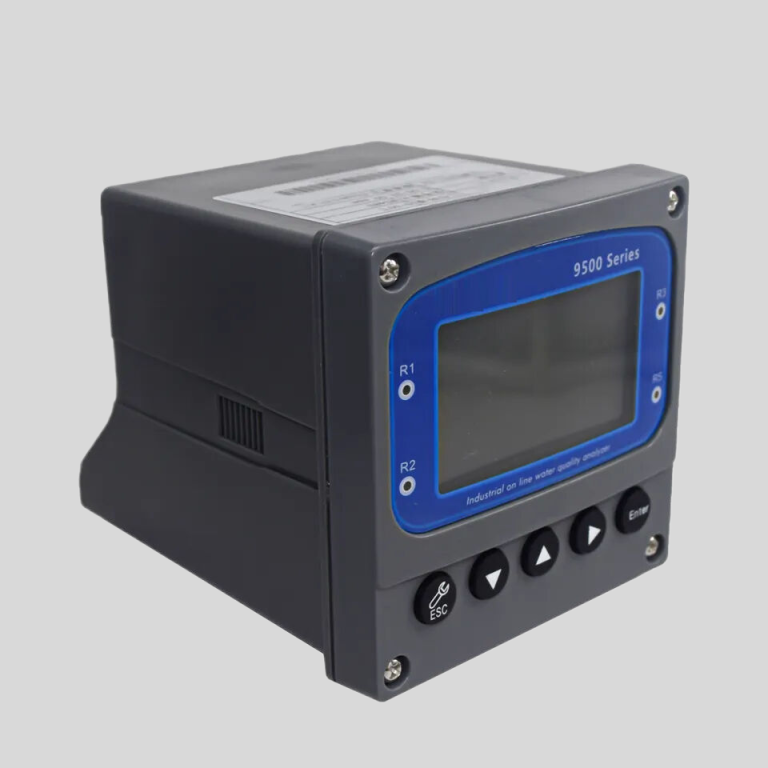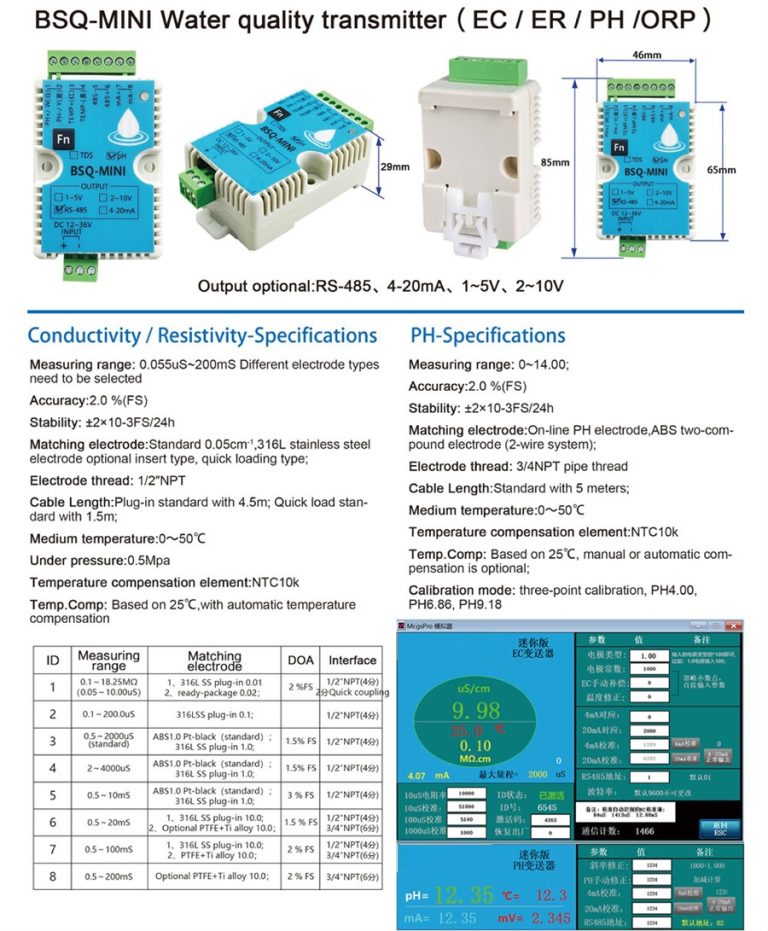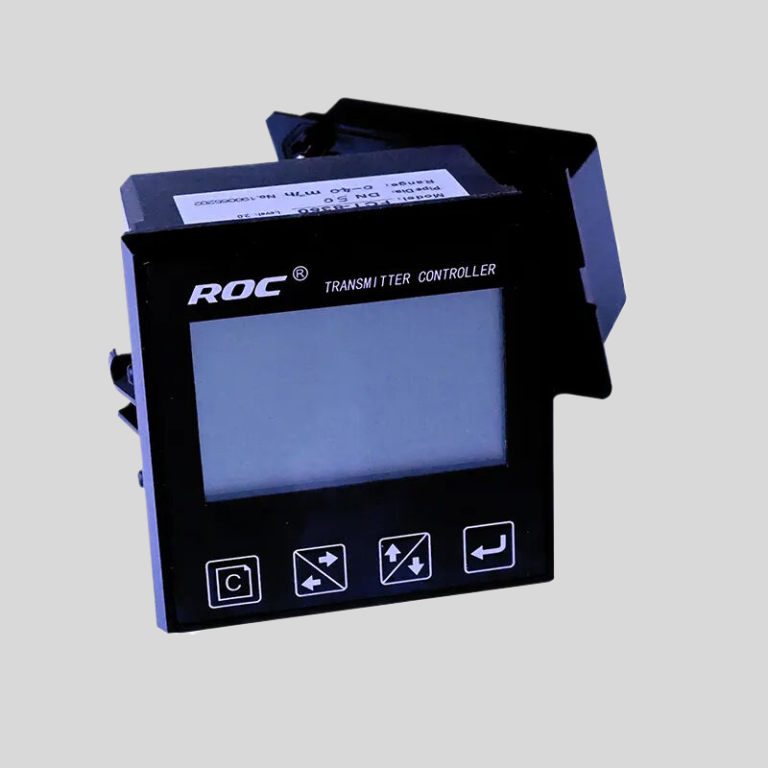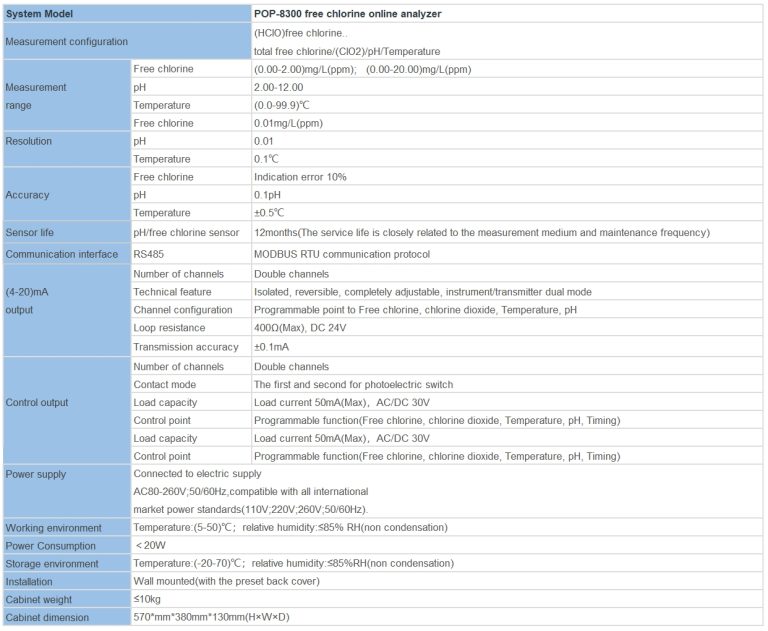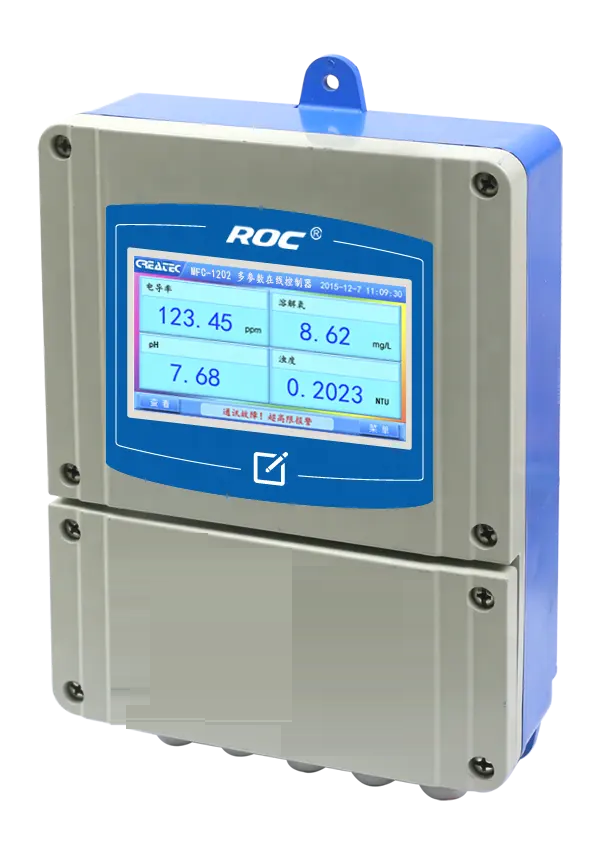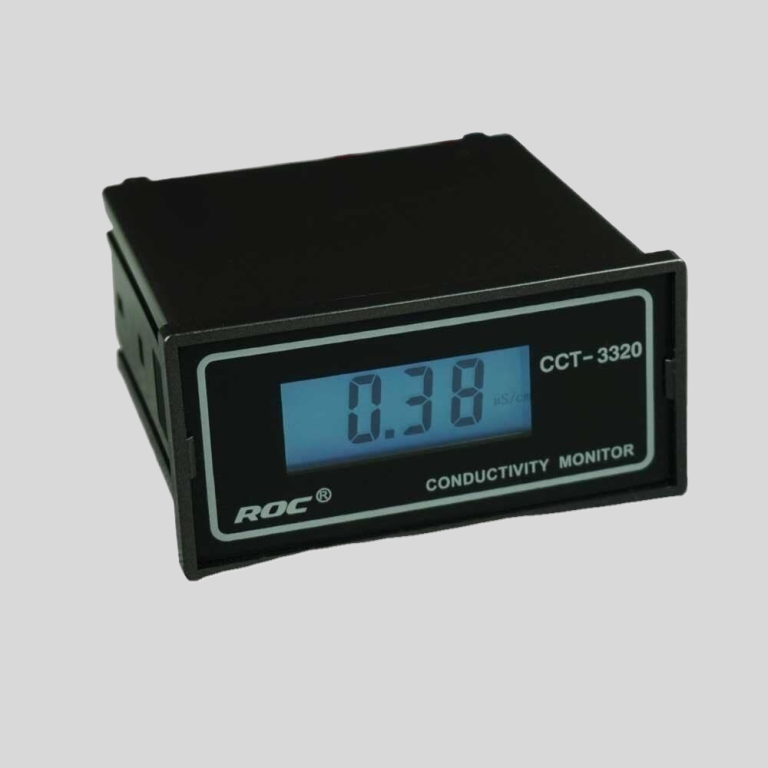“More particles, more power: conductivity increases with concentration.”
Table of Contents
The Relationship Between Conductivity and Concentration in Aqueous Solutions
Conductivity is a crucial property of aqueous solutions that measures the ability of a substance to conduct electricity. It is influenced by various factors, including the concentration of ions in the solution. In general, conductivity increases with concentration due to the higher number of ions available to carry electrical charge.
When a solute dissolves in water, it dissociates into ions, which are responsible for conducting electricity. The more ions present in the solution, the higher the conductivity. This relationship between conductivity and concentration is known as the conductivity-concentration relationship.
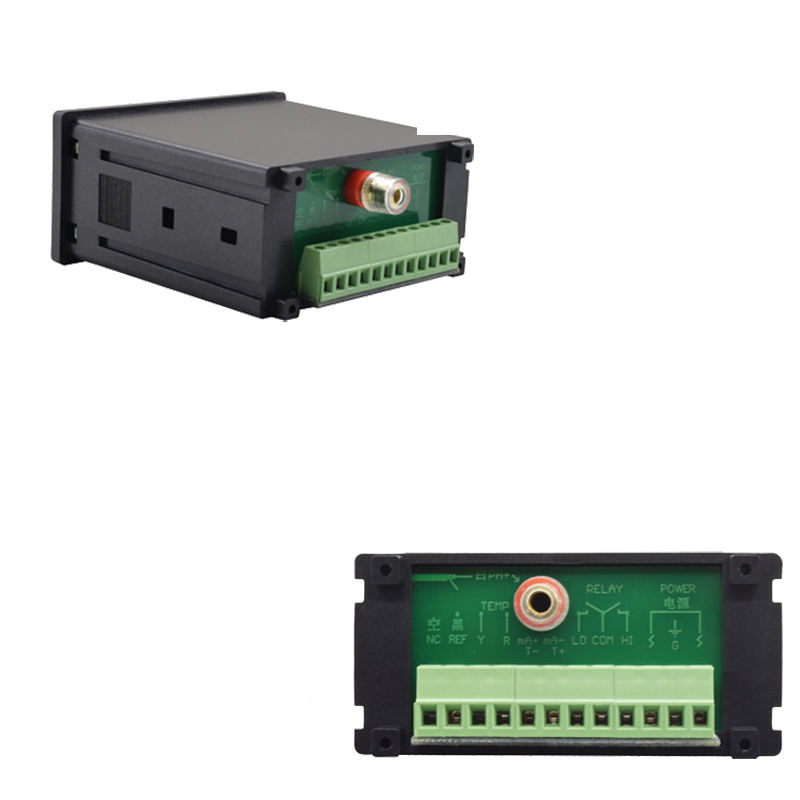
As the concentration of ions in a solution increases, the number of charge carriers also increases, leading to a higher conductivity. This can be observed in electrolytes, which are substances that dissociate into ions when dissolved in water. Strong electrolytes, such as salts, acids, and bases, completely dissociate into ions and exhibit high conductivity at high concentrations.
On the other hand, weak electrolytes only partially dissociate into ions, resulting in lower conductivity compared to strong electrolytes. This difference in conductivity can be attributed to the concentration of ions in the solution. As the concentration of a weak electrolyte increases, so does its conductivity, albeit at a slower rate than strong electrolytes.
| Model | pH/ORP-5500 pH/ORP Online Meter |
| Range | pH:0.00~14.00 ; ORP: (-2000~+2000)mV; Temp.:(0.0~99.9)°C (Temp.Compensation: NTC10K) |
| Resolution | pH:0.01 ; ORP: 1mV; Temp.:0.1°C |
| Accuracy | pH:+/-0.1 ; ORP: +/-5mV(electronic unit); Temp.: +/-0.5°C |
| Temp. compensation | Range: (0~120)°C; element: Pt1000 |
| Buffer Solution | pH value 9.18; 6.86; 4.01; 10.00; 7.00; 4.00 |
| Medium Temp. | (0~50)°C (with 25°C as standard) manual/automatic temp. compensation for selection |
| Analog output | Isolated (4~20)mA, Instrument/Transmitter for selection |
| Control Output | Double relay output (ON/OFF); AC 240V/3A |
| Working Environment | Temp.(0~50)℃; relative humidity <95%RH (non-condensing) |
| Storage Environment | Temp.(-20~60)℃;Relative Humidity ≤85%RH (none condensation) |
| Power Supply | DC 24V; AC 110V; AC220V |
| Power consumption | <3W |
| Protection level | IP65 (with back cover) |
| Dimension | 96mmx96mmx105mm(HxWxD) |
| Hole Size | 91mmx91mm(HxW) |
The relationship between conductivity and concentration can be further understood by considering the conductance of a solution. Conductance is a measure of the ability of a solution to conduct electricity and is directly proportional to the concentration of ions in the solution. Therefore, an increase in concentration leads to a higher conductance and, consequently, higher conductivity.
| Model | pH/ORP-8851/9900 pH/orp meter |
| Range | 0-14 pH; -2000 – +2000mV |
| Accuracy | ±0.1pH; ±2mV |
| Temp. Comp. | Automatic temperature compensation |
| Oper. Temp. | Normal 0~60℃; High temp 0~100℃ |
| Sensor | pH double/triple sensor; ORP sensor |
| Display | Big Screen LCD Screen |
| Communication | 4-20mA output/RS485 |
| Output | High/Low limit dual relay control |
| Power | DC24V/0.5A or AC85-265V±10% 50/60Hz |
| Working Environment | Ambient temperature:0~50℃ |
| Relative humidity≤85% | |
| Dimensions | 96×96×72mm(H×W×L) |
| Hole Size | 92×92mm(H×W) |
| Installation Mode | Embedded |
It is important to note that the conductivity of a solution is not solely determined by the concentration of ions. Other factors, such as temperature and the nature of the ions present, also play a role in determining conductivity. For example, the mobility of ions, which is influenced by their size and charge, affects how easily they can carry electrical charge through the solution.
In summary, conductivity generally increases with concentration in aqueous solutions due to the higher number of ions available to carry electrical charge. This relationship is observed in electrolytes, where strong electrolytes exhibit higher conductivity at high concentrations compared to weak electrolytes. The conductivity-concentration relationship can be explained by the conductance of a solution, which is directly proportional to the concentration of ions present.
Overall, understanding the relationship between conductivity and concentration in aqueous solutions is essential for various applications, such as in the field of electrochemistry and analytical chemistry. By recognizing how these factors influence conductivity, researchers and scientists can better interpret and manipulate the electrical properties of solutions for a wide range of purposes.
How to Measure and Interpret Changes in Conductivity with Increasing Concentration
Conductivity is a measure of a material’s ability to conduct an electric current. It is influenced by various factors, including the concentration of ions in a solution. In general, conductivity increases with increasing concentration of ions in a solution. This relationship is governed by the principles of electrochemistry and can be measured and interpreted using various techniques.
One common method for measuring conductivity is through the use of a conductivity meter. This device measures the electrical conductivity of a solution by passing a small electric current through it and measuring the resulting voltage. The conductivity of a solution is directly proportional to the concentration of ions present in the solution. Therefore, as the concentration of ions increases, so does the conductivity of the solution.
The relationship between conductivity and concentration can be further understood by considering the behavior of ions in solution. When a salt, such as sodium chloride, is dissolved in water, it dissociates into its constituent ions, sodium and chloride. These ions are free to move in the solution and carry an electric charge. The more ions present in the solution, the greater the conductivity, as there are more charged particles available to carry the electric current.
As the concentration of ions in a solution increases, the number of charge carriers also increases, leading to a higher conductivity. This relationship is described by the equation σ = nqμ, where σ is the conductivity, n is the number of charge carriers, q is the charge of each carrier, and μ is the mobility of the charge carriers. As the concentration of ions increases, the number of charge carriers (n) increases, leading to a higher conductivity.
It is important to note that the relationship between conductivity and concentration is not always linear. At very low concentrations, the conductivity may be low due to the limited number of charge carriers present in the solution. As the concentration increases, the conductivity will increase, but at higher concentrations, the conductivity may reach a plateau as the ions begin to interact with each other and form complexes that limit their mobility.
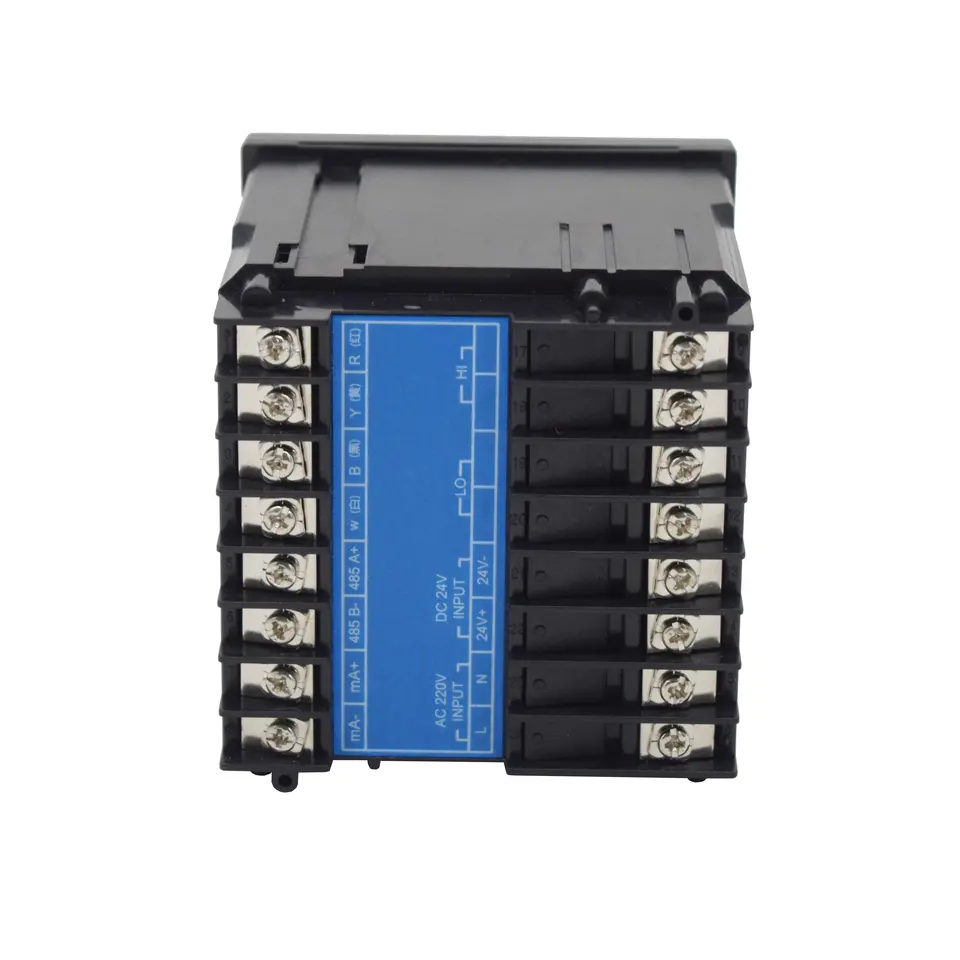
In addition to measuring conductivity, it is also important to interpret the data obtained from conductivity measurements. Changes in conductivity with increasing concentration can provide valuable information about the nature of the ions present in a solution and their interactions. For example, a sharp increase in conductivity with increasing concentration may indicate the presence of strong electrolytes that dissociate completely in solution, while a gradual increase may suggest the presence of weak electrolytes that only partially dissociate.
Overall, conductivity increases with increasing concentration due to the greater number of charge carriers present in the solution. This relationship can be measured using a conductivity meter and interpreted to provide insights into the nature of the ions present in a solution. By understanding the principles of electrochemistry and the behavior of ions in solution, researchers can effectively measure and interpret changes in conductivity with increasing concentration.

